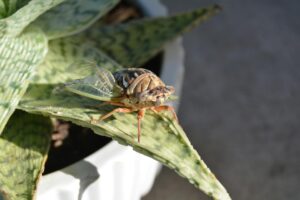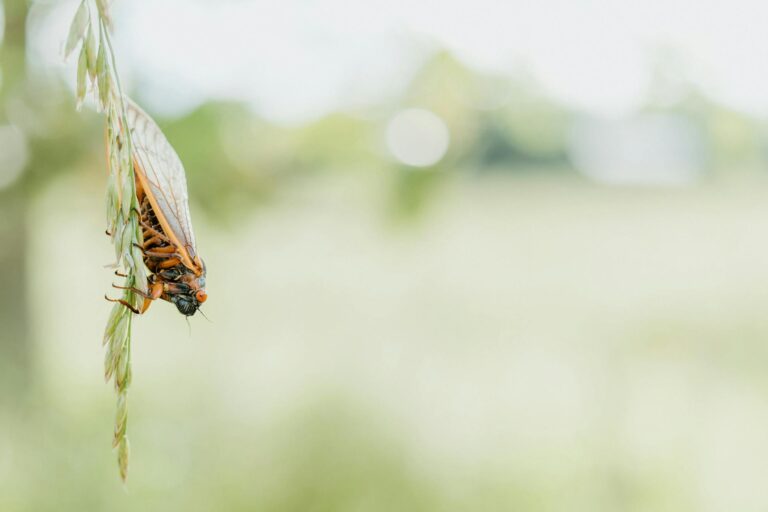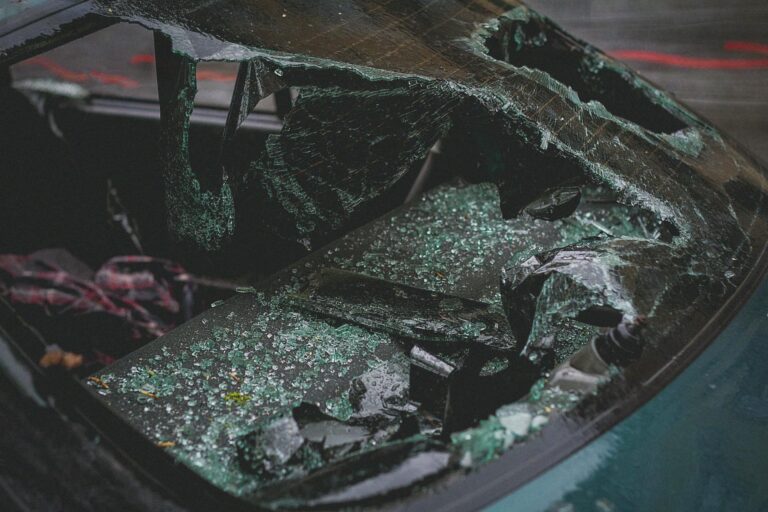As the warm weather arrives in Illinois, residents look forward to blooming landscapes but also prepare for a wave of invasive insects. Two significant threats are the spotted lanternfly and the spongy moth, both harming local environments and economics. The spongy moth, in particular, has triggered concerns due to its capacity to destroy large sections of forests and farms.
The Growing Threat of Spongy Moths
The spongy moth, once called the gypsy moth, is a well-known pest in Illinois. It severely damages trees by stripping them of leaves, which can lead to death and create major disruptions in ecosystems. Kathryn Bronsky from the U.S. Department of Agriculture stresses how crucial it is to control these moths’ spread for protection purposes. To prevent further ecological and economic harm across the United States, we must take action.
Spongy Moth Characteristics,
- Appearance, their egg masses appear creamy and are spongy to touch, featuring tiny holes.
- Damage, these moths voraciously consume hardwood trees such as oaks, stripping them of leaves and can eventually lead to their death over time.
Spotted Lanternfly,
A New Invader Discovered for the first time in Cook County in September 2023, the spotted lanternfly poses a new threat that requires immediate response. This pest mainly targets grapes, hops, and various hardwoods. It is particularly harmful to Illinois’ vineyards.
Spotted Lanternfly Facts,
- Identification, adults possess gray forewings with black spots and sport red and black hind wings with a white band.
- Impact, they feed on more than 103 types of plants, weakening these plants by draining their sap and secreting honeydew. This secretion leads to sooty mold growth on these plants.
Call to Action, Reporting and Destroying Egg Masses
Local authorities encourage people to help control pests by finding and destroying their egg masses. You can usually spot these on things like outdoor furniture and even vehicles.
What to Do,
- Locate Egg Masses, Look for egg masses on trees and items outside.
- Destroy, Remove the masses and put them in a sealed container to stop them from spreading.
Strategies for Managing the Threat
Spongy Moths
- Preemptive Measures, in places such as Jo Daviess and Carroll, early spraying with bacteria helps reduce moth numbers.
- Pheromone Traps, these traps are used to disrupt mating, helping prevent moths from multiplying.
Spotted Lanternfly
- Mechanical Control, this involves removing egg masses manually, along with crushing nymphs and adults.
- Chemical Control, Spraying insecticides in areas with large populations of these insects of the Community in Containment Efforts
Matthew Travis, who manages national policy for the spotted lanternfly at the USDA, stresses how crucial it is for communities to keep an eye out and report of these pests. As they have started hatching in places like New Jersey and Pennsylvania, people in Illinois should be watchful during the warmer months.
Impact on Local Ecosystems and Economies
The presence of both the spotted lanternfly and spongy moth could greatly harm local areas. They can cause,
- Economic Loss, these pests significantly threaten agriculture, especially affecting vineyards and crop fields.
- Ecological Damage, Forests and biodiversity suffer as trees and plants die.
Expanding Efforts Beyond Local Borders
The battle against these invasive species extends beyond local concerns, it impacts nationally. The USDA works together with local agricultural departments to manage this issue.
To control the spread of these pests across state borders, we use a coordinated approach that includes public education through outreach programs. These efforts are key to getting community members actively involved in spotting and managing these threats.
Conclusion, A United Front Against Invasive Species
In dealing with these ecological threats, it is essential for Illinois to work together, involving government bodies, local communities, and individuals. Quick identification and eradication of these pests will help Illinois preserve both its natural landscapes and agricultural productivity. This battle against species like the spotted lanternfly and spongy moth goes beyond protecting today. It’s about ensuring the ecological and economic future of the state.











+ There are no comments
Add yours